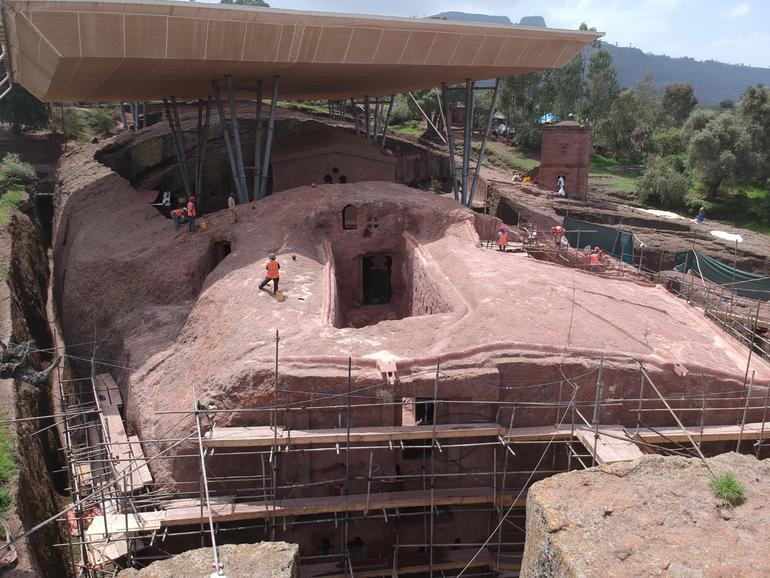
A millenium of history
The churches of Lalibela were among the first sites to be inscribed on the World Heritage List. The unique churches were carved from rock nearly a millenium ago under the reign of King Lalibela, who sought to create a new Jerusalem on African soil.
Centuries have passed, and these extraordinary structures are still used today for daily worship and special pilgrimages, receiving visitors during holidays such as Ethiopian Christmas and Easter.
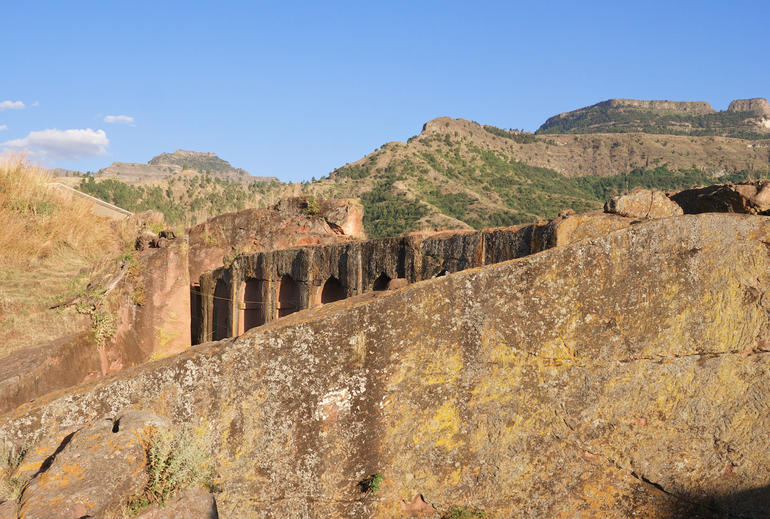
All the churches of Lalibela show signs of their age from centuries of exposure to rain, wind, vegetation, and other natural phenomena. The rising numbers of visitors also present challenges that must be considered to protect the churches so that they can continue to serve as a spiritual center of the Ethiopian Orthodox Church.

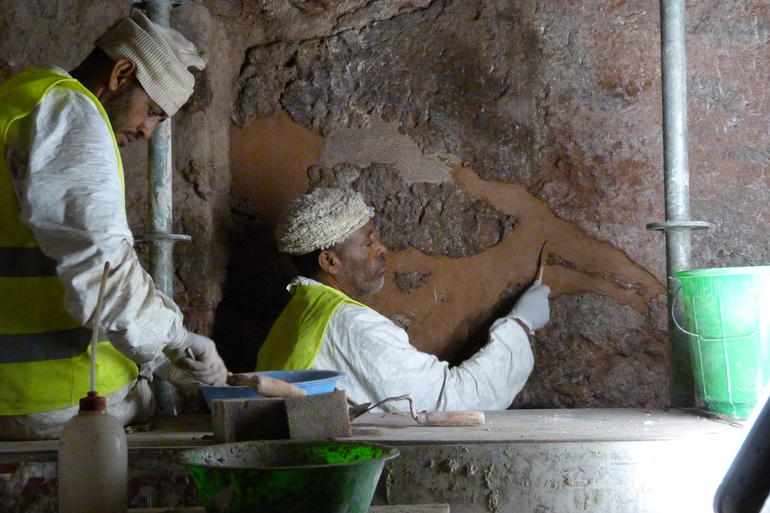
Beginning in 2007, WMF and the World Heritage Centre began a documentation and research program to analyze geo-technical conditions at Lalibela, which provided essential data for formulating a conservation plan. Subsequentely training programs were initiated to assist the Ethiopian Orthodox Church leadership with building local craft talent to advance the restoration program at the site.
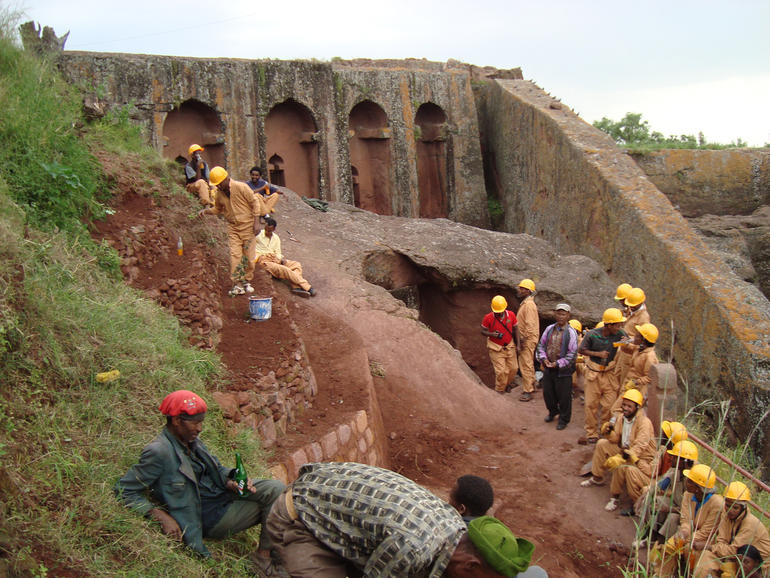
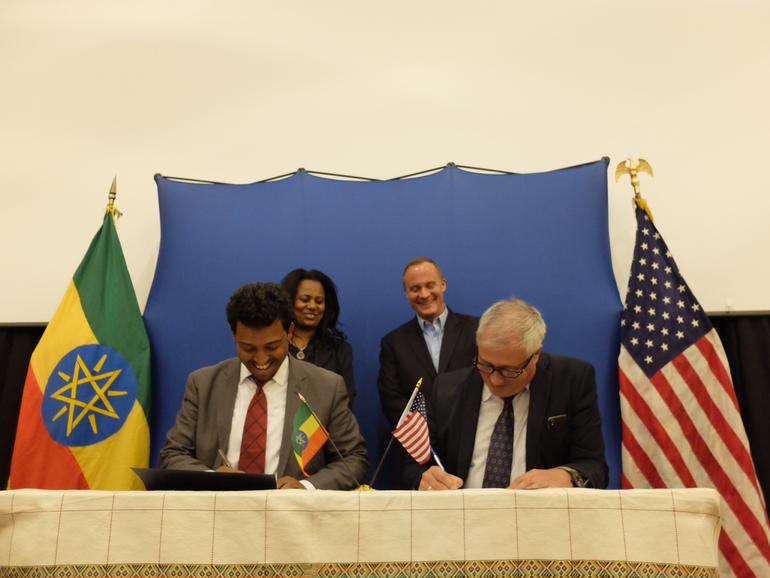
WMF & AFCP
In 2016, WMF received a second grant from the State Department's Ambassadors Fund for Cultural Preservation to undertake a conservation project to restore the twin-churches. This made use of the same methodologies used during the restoration process of Beta Gabriel Rafael (completed in 2012), creating a sustainable framework for preservation at Lalibela.
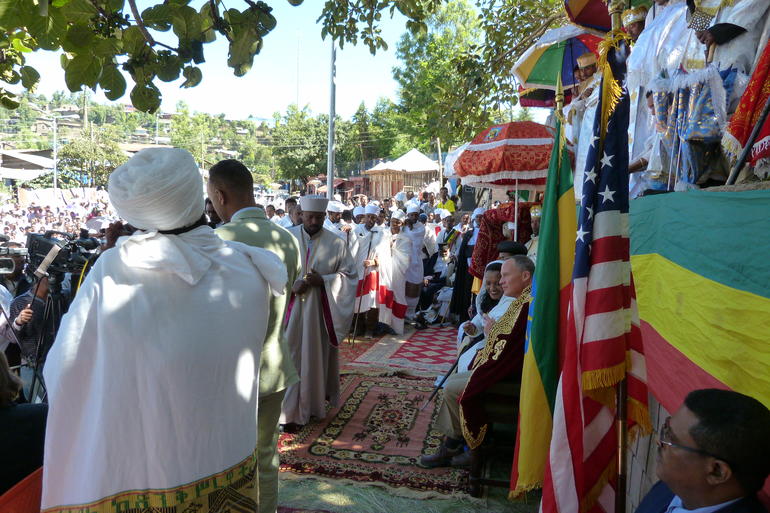
The ceremony was attended by local and central government officials, a crowd of thousands, and special guests including US Ambassador Raynor; Bizunesh Meseret, State Minister for Culture and Tourism; Niguso Tilhanu, Vice President of Amhara Region; Abune Ermias, Archbishop of Wollo Region; and Aba Tsega Selassie, Bishop of Lalibela.
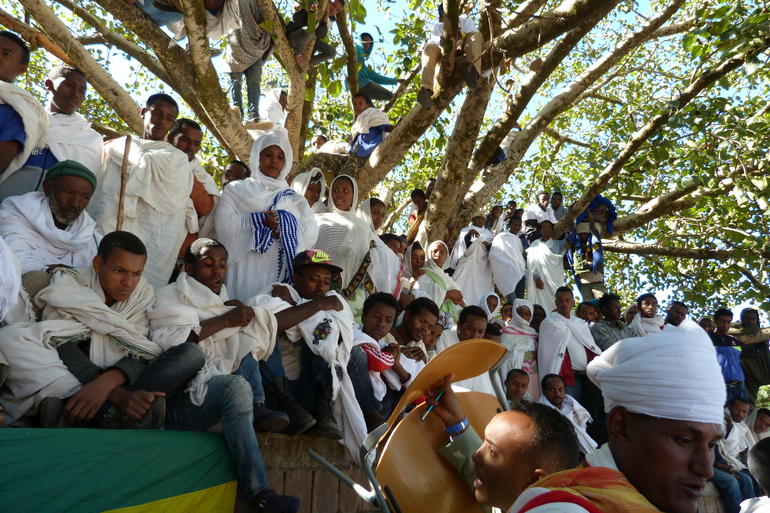
The ceremony coincided with the feast of St. Mika'el, a day of special religious significance. The inauguration ceremony began with chanting and prayer by more than 100 priests dressed in ceremonial vestments. Speeches and a tour led by WMF's local architect followed. The ceremony was a success and a fitting conclusion to our most recent work in Lalibela.
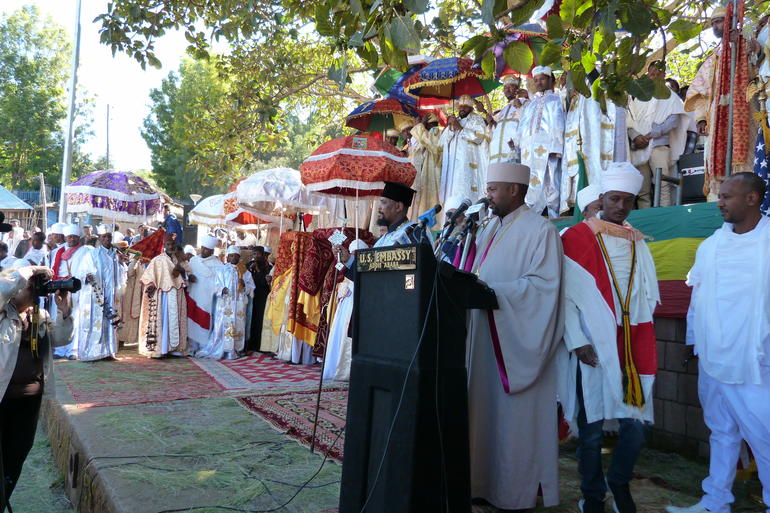
Our work at Lalibela is possible thanks to the leadership support of the US Embassy in Addis Ababa and the Ambassadors Fund for Cultural Preservation, the Robert W. Wilson Charitable Trust, and Charities Aid Foundation Canada.
